Ancient skulls
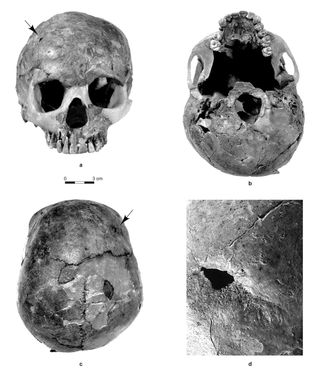
A 3D reconstruction of a Paleolithic skull has revealed one of the oldest cases of brain damage. The child, who died 100,000 years ago, suffered severe head trauma (the lesion is shown with arrows and in close-up in panel D). The child survived for several years after the brain-stunting blow.
Rich site
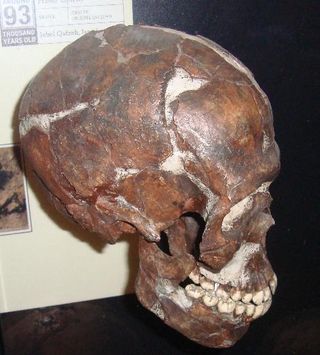
The child's body came from Qafzeh cave in Galilee, Israel, which also harbored many other skeletons, such as this reconstruction of another skull from the site.
New analysis
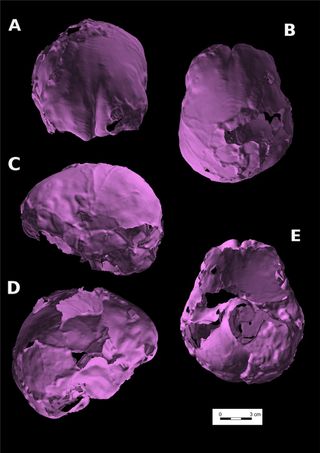
Though a fracture was clearly visible, researchers created a cast of the internal space in the skull, as well as using 3D computed tomography (CT) scanning to understand the nature of the trauma.
Severe injury
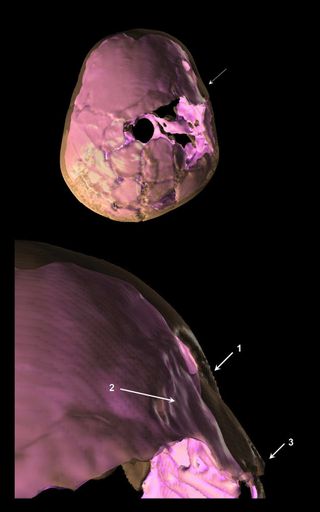
The reconstruction revealed that the child experienced a compound fracture, with bits of skull depressed inward.
Halting growth
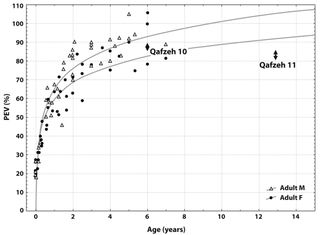
The blow stunted the child's brain growth, with brain size (shown here as the dot labeled Qafzeh 11) akin to that of a 6- or 7-year old, even though the child died at age 13.
Ancient compassion
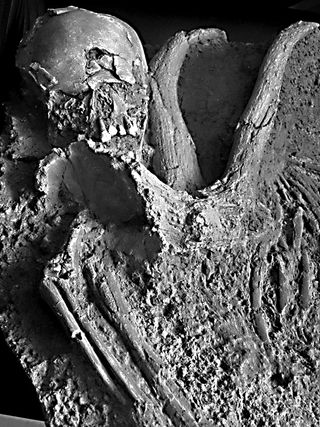
As the child probably couldn't have survived on his or her own, other humans must have cared for the child. The find may be one of the oldest examples of compassion in modern humans.
Sign up for the Live Science daily newsletter now
Get the world’s most fascinating discoveries delivered straight to your inbox.

Tia is the managing editor and was previously a senior writer for Live Science. Her work has appeared in Scientific American, Wired.com and other outlets. She holds a master's degree in bioengineering from the University of Washington, a graduate certificate in science writing from UC Santa Cruz and a bachelor's degree in mechanical engineering from the University of Texas at Austin. Tia was part of a team at the Milwaukee Journal Sentinel that published the Empty Cradles series on preterm births, which won multiple awards, including the 2012 Casey Medal for Meritorious Journalism.











